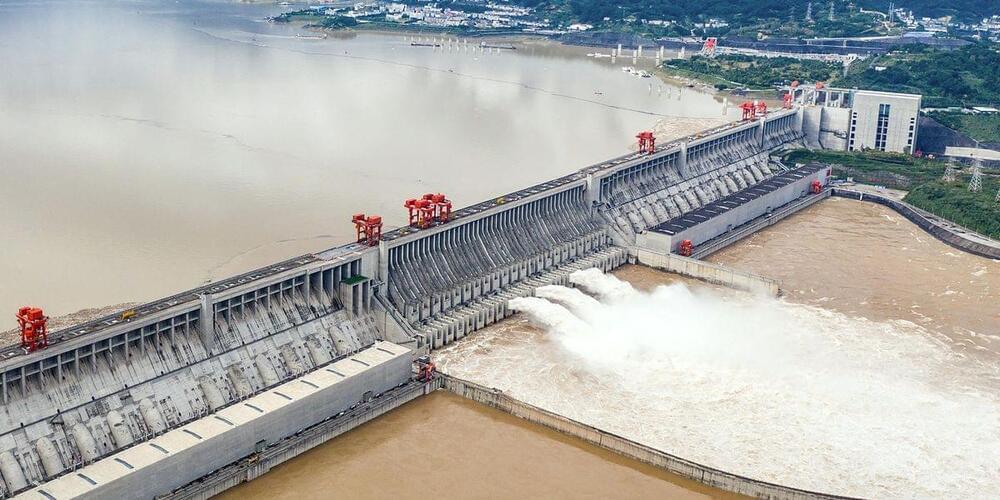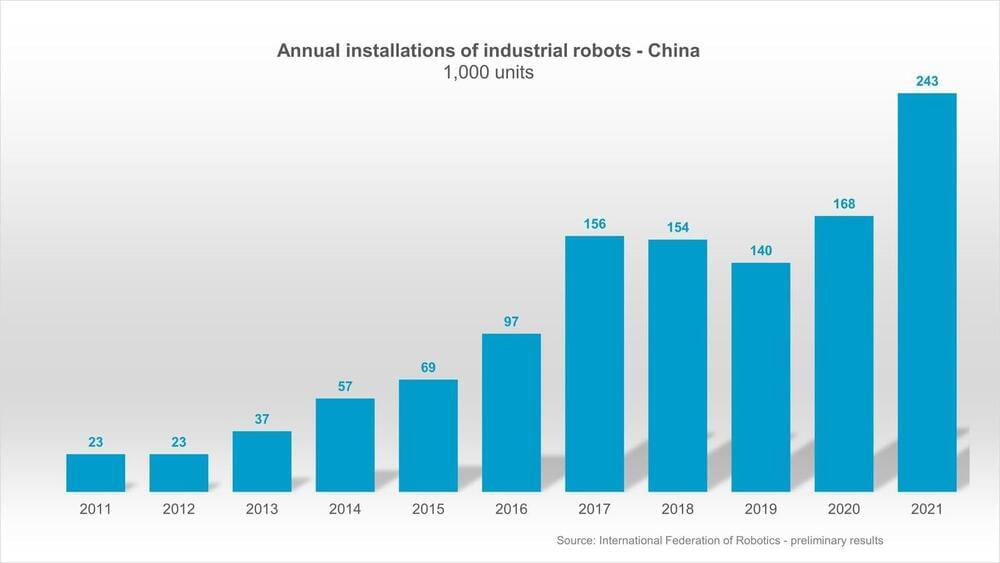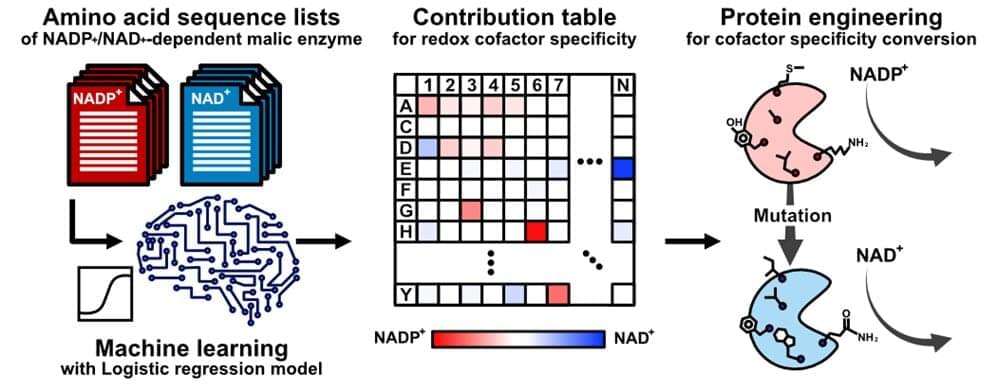
I live in Manitoba, a province of Canada where all but a tiny fraction of electricity is generated from the potential energy of water. Unlike in British Columbia and Quebec, where generation relies on huge dams, our dams on the Nelson River are low, with hydraulic heads of no more than 30 meters, which creates only small reservoirs. Of course, the potential is the product of mass, the gravitational constant, and height, but the dams’ modest height is readily compensated for by a large mass, as the mighty river flowing out of Lake Winnipeg continues its course to Hudson Bay.
You would think this is about as “green” as it can get, but in 2022 that would be a mistake. There is no end of gushing about China’s cheap solar panels—but when was the last time you saw a paean to hydroelectricity?
Construction of large dams began before World War II. The United States got the Grand Coulee on the Columbia River, the Hoover Dam on the Colorado, and the dams of the Tennessee Valley Authority. After the war, construction of large dams moved to the Soviet Union, Africa, South America (Brazil’s Itaipu, at its completion in 1984 the world’s largest dam, with 14 gigawatts capacity), and Asia, where it culminated in China’s unprecedented effort. China now has three of the world’s six largest hydroelectric stations: Three Gorges, 22.5 GW (the largest in the world); Xiluodu, 13.86 GW; and Wudongde, 10.2 GW. Baihetan on the Jinsha River should soon begin full-scale operation and become the world’s second-largest station (16 GW).

















